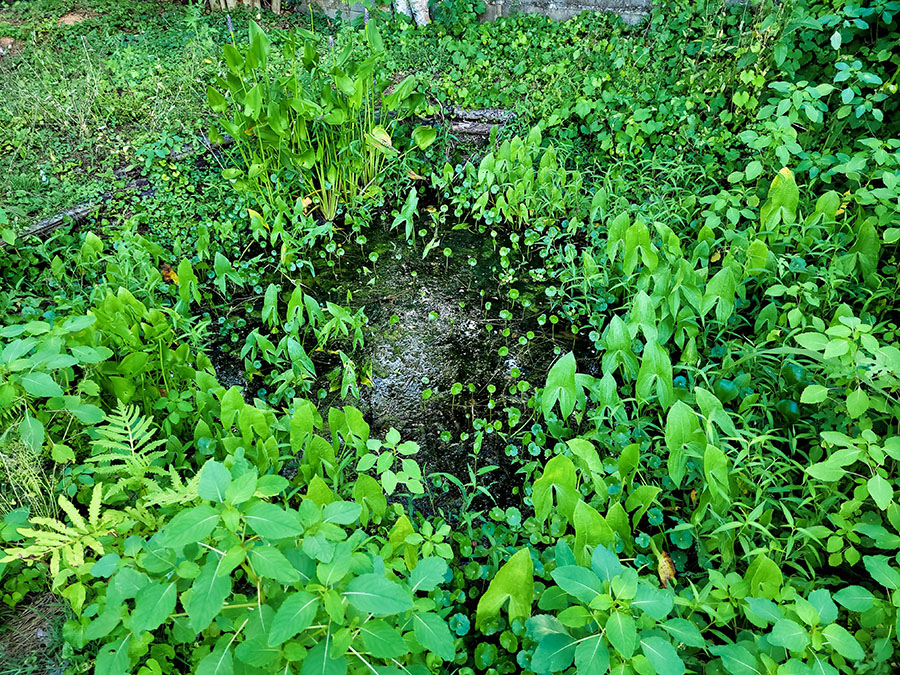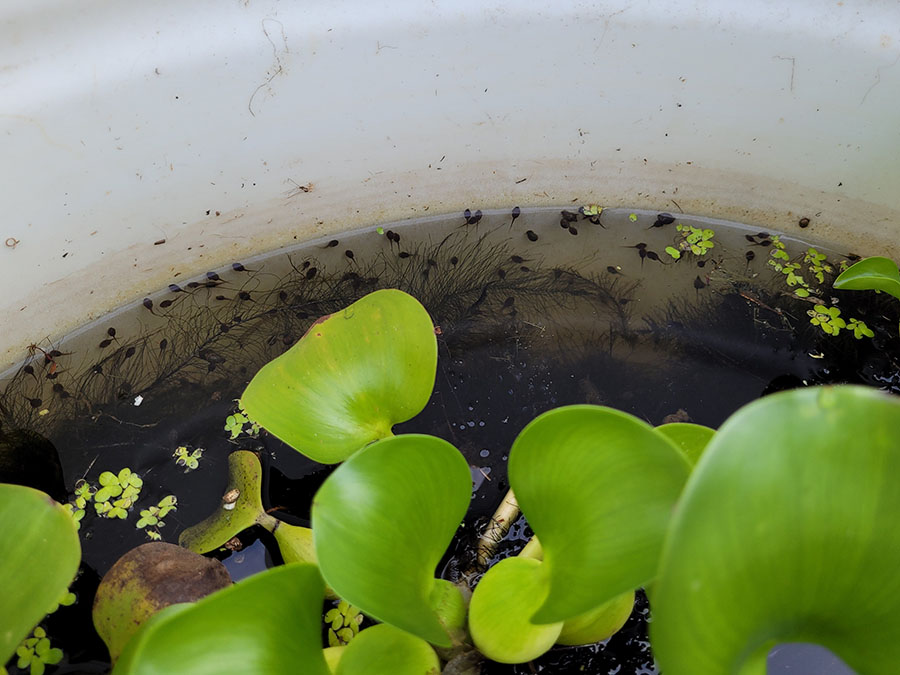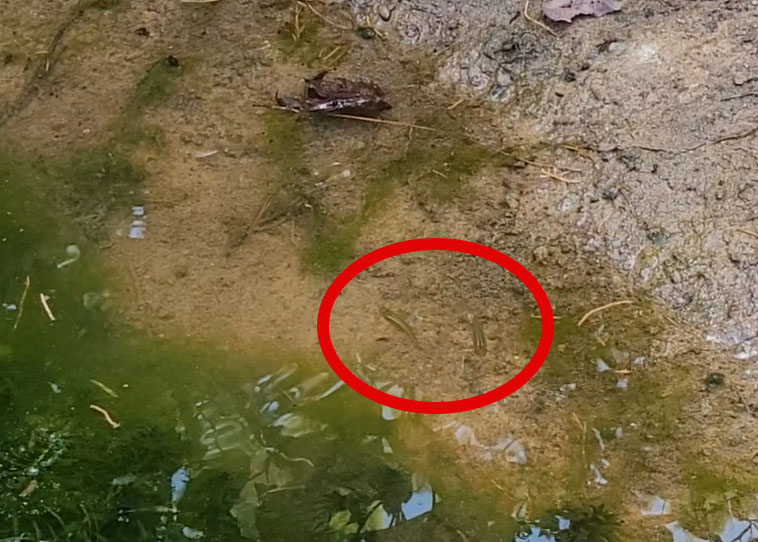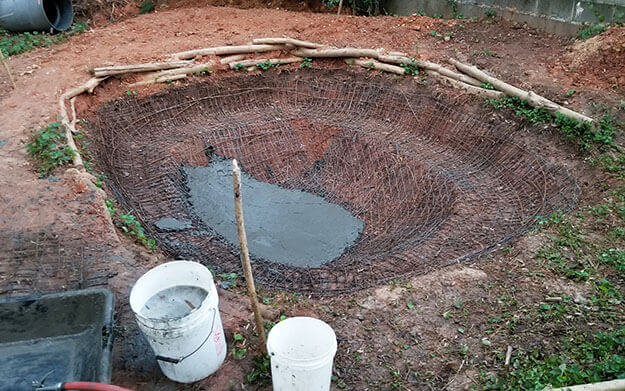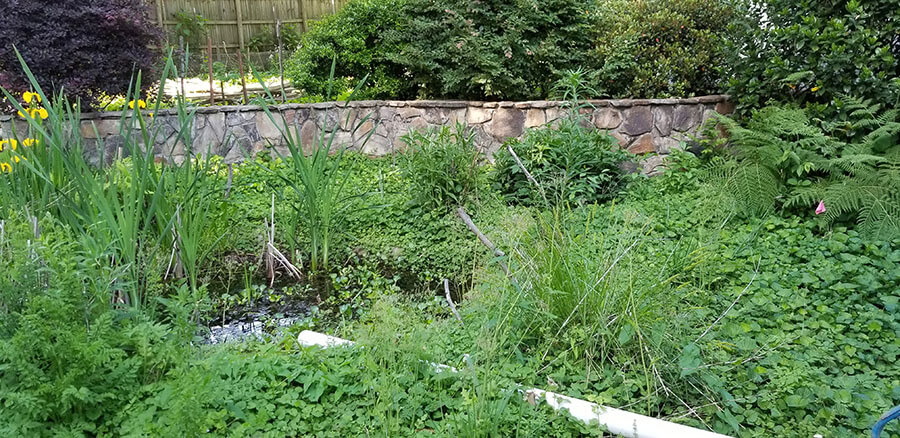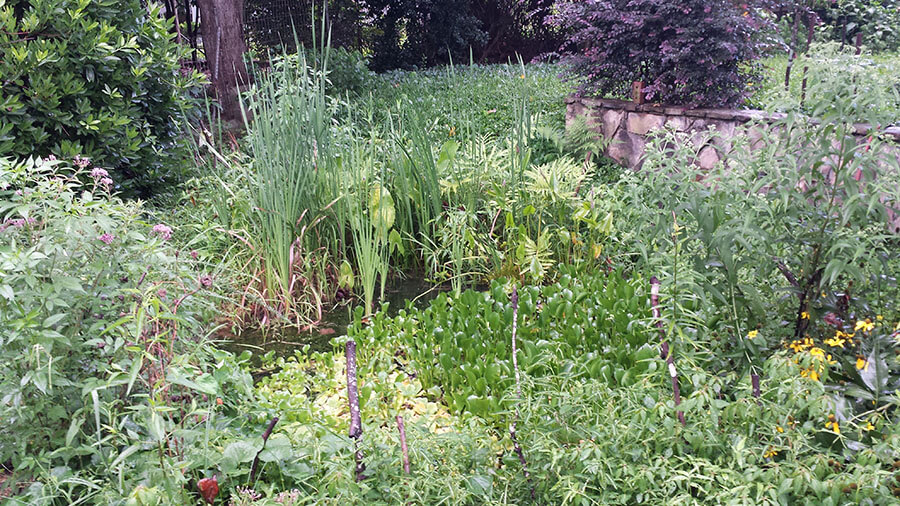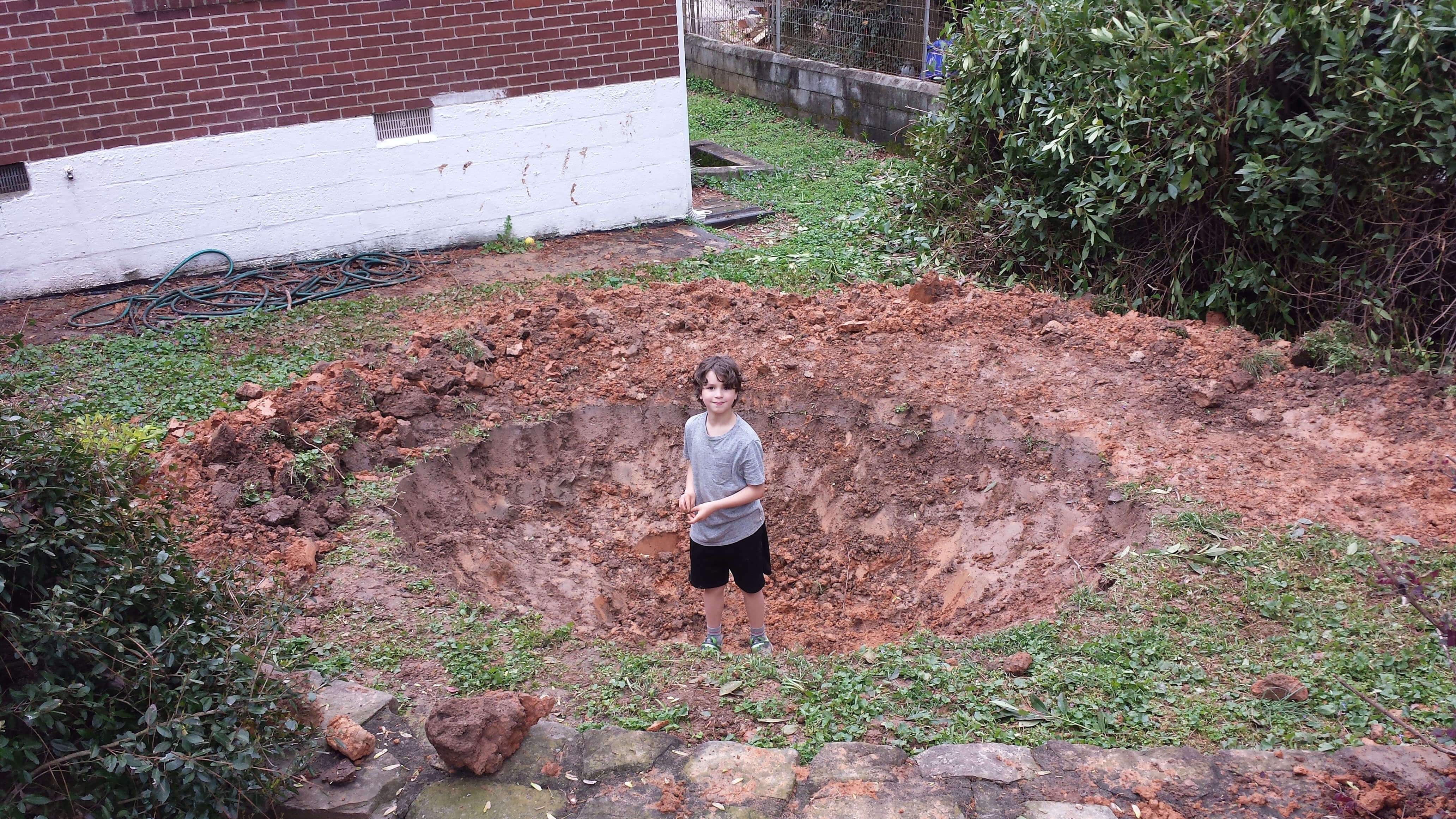Eastern Narrow-mouthed Toad (Gastrophryne carolinensis) mating calls June 2022 in the second pond at Yalobusha Farms. This is the third year for the second pond, and the katniss and pennywort and pickerelweed are well established. Last year I let the second pond be overwhelmed with water hyacinth because it allows tree frogs to enter and… Continue reading Eastern Narrow-mouthed Toad (Gastrophryne carolinensis) mating calls June 2022
Category: Mosquito Fish Ponds
Tadpoles Swimming in Tank 6
The tadpoles shown here are Green Frogs (Lithobates clamitans) in tank 6. As of tonight, all eight experiment tanks have many tadpoles and eggs, with the past week seeing many clutches of eggs being laid by Cope’s Gray Tree Frogs (Hyla chrysoscelis).
Mosquitofish Ponds
The ponds at Yalobusha farms produce many tadpoles, especially Green Frogs (Lithobates clamitans) and Cope’s Gray Tree Frogs (Hyla chrysoscelis) and the Eastern Narrow-mouthed Toad (Gastrophryne carolinensis). The ponds are also host to many larvae of the blue dasher dragonflies (Pachydiplax longipennis), which swarm over the katniss and chase each other around the ponds. BUT,… Continue reading Mosquitofish Ponds
Digging the Second Pond
In 2020, I dealt with the stress of running my business during the pandemic by digging a second tadpole pond. Why a Second Pond? For the first ten years I owned the property, my back yard was an ordinary lawn of St. Augustine with fairly low ecological value. The first pond was small, but it… Continue reading Digging the Second Pond
Tree Frogs Mating On Warm May Night 2019
Down below is some audio of tree frogs singing intensely at Yalobusha Farms in Decatur, Georgia on a warm May night in 2019. The picture above is from the daytime a few days ago, and it shows the irises blooming at the far left and all the vegetation surging back. The tadpole pond at is… Continue reading Tree Frogs Mating On Warm May Night 2019
The Pond in High Summer
The pond’s first summer was 2018, just a few months after it was dug, but the sprigs of plants we put in it grew explosively, and the frogs and insects colonized it immediately. It was surreal how quickly the pond established itself because I didn’t use fertilizers or tend the plants or do anything that… Continue reading The Pond in High Summer
Digging the Tadpole Pond
The Yalobusha In the backyard, we dug a Yalobusha, a tadpole place. We dug it after school together between dirt-clod throwing contests.
